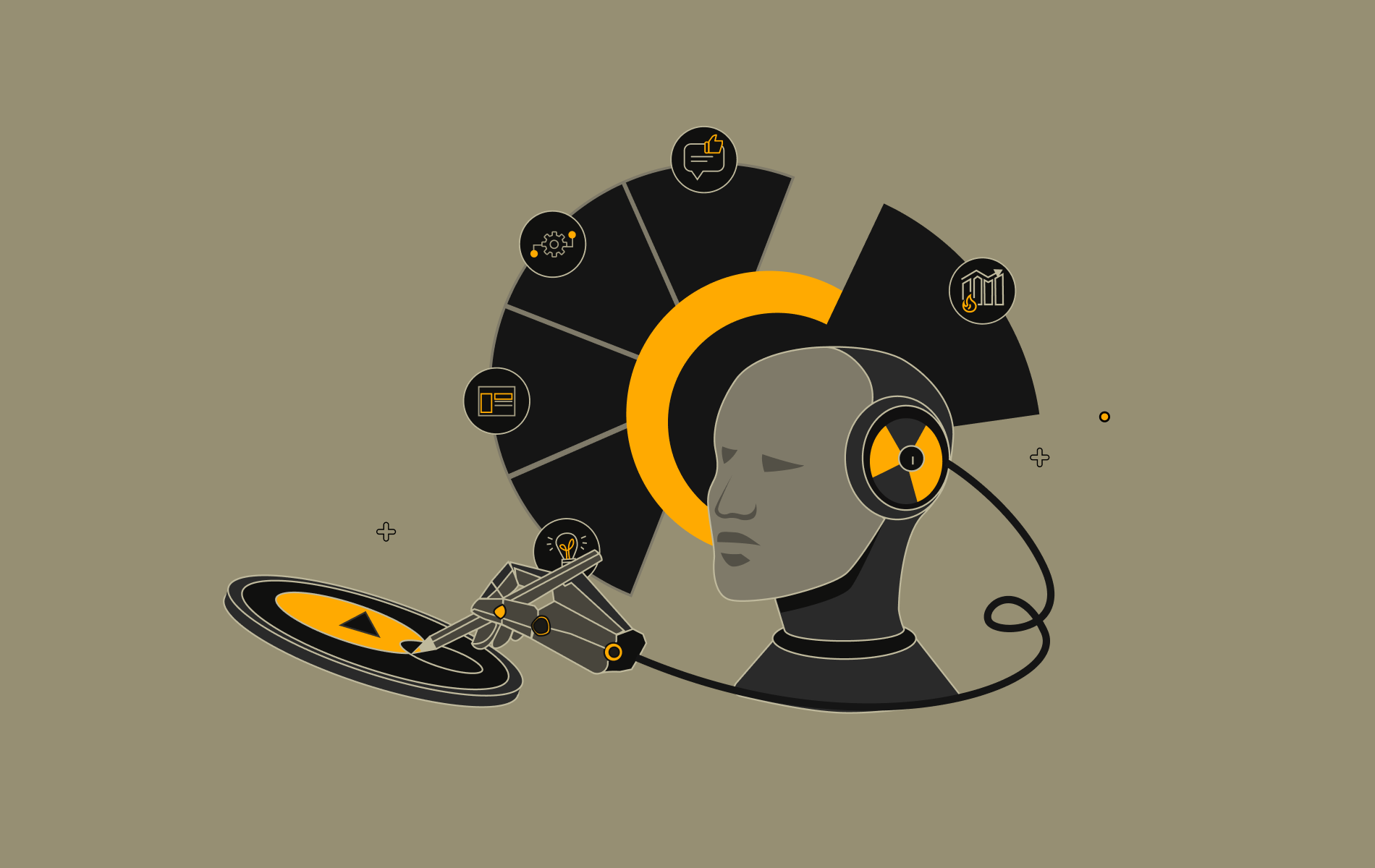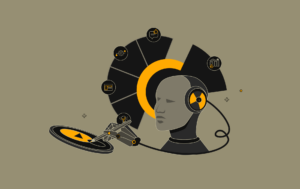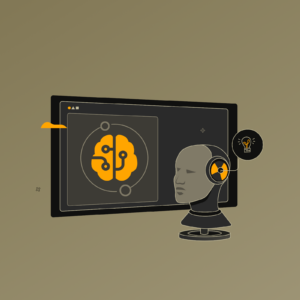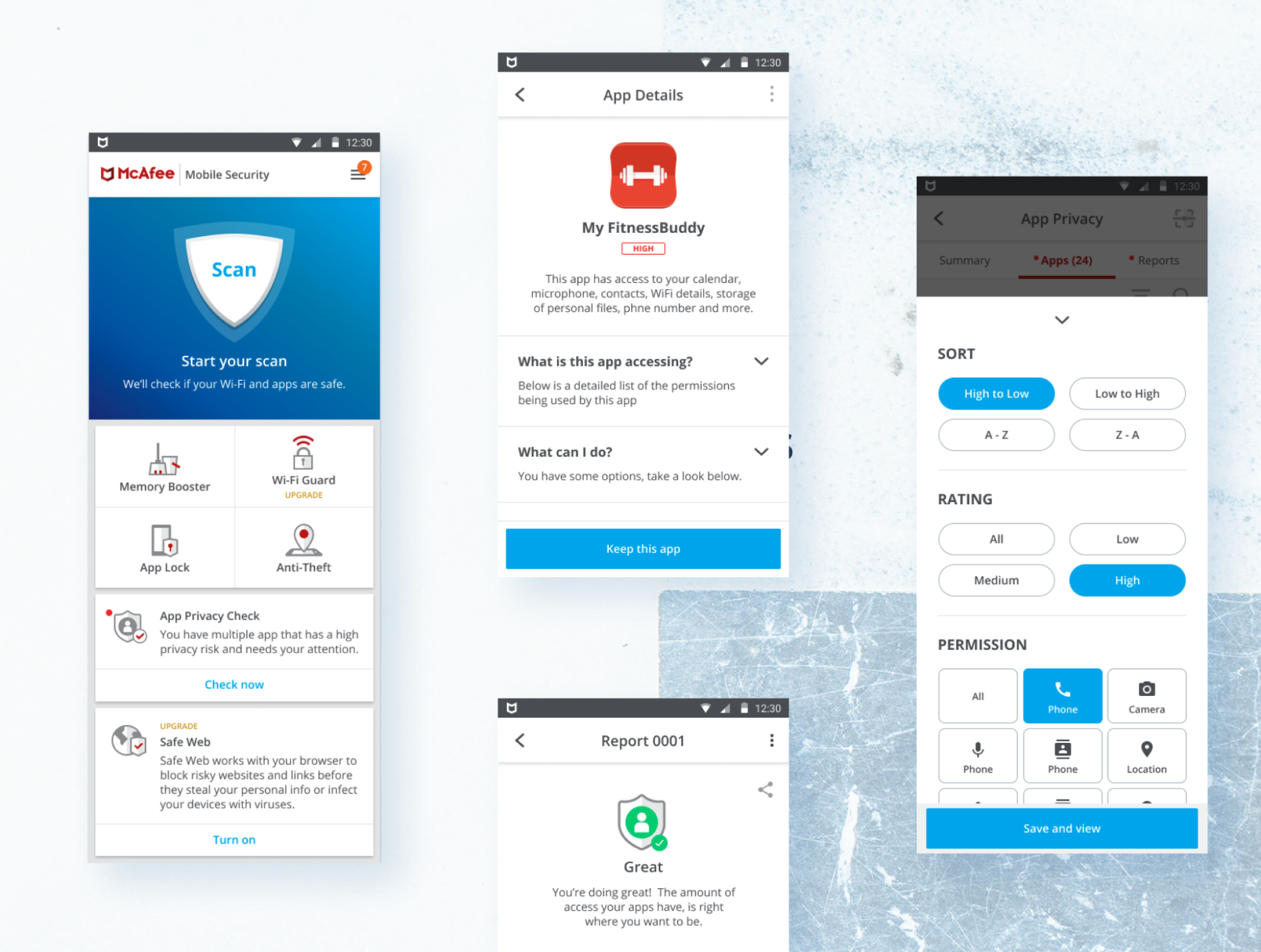Artificial Intelligence (AI) is all around us now – in voice assistants, recommendation engines, and tools that generate text and images. While AI can make technology more powerful, it often has basic problems that make it hard to use. AI solutions of today are not built with real users in mind, which leads to confusion and inconsistency.
This shows why good User Experience (UX) design is so important. UX design helps bridge the gap between what AI can do and what humans need. It makes AI products easy, friendly, and enjoyable for people.
In this article, we’ll explore why AI needs UX and why considering the user experience is crucial throughout the process of creating an AI system.
What is Generative AI?
Generative AI is a type of deep-learning model that can create high-quality text, images, and other content based on the data it’s trained on. Notable examples include GPT-4 for text generation and DALL-E for image generation, which are transforming industries like entertainment, healthcare, marketing, and more.
Why AI Needs Good UX
As AI gets smarter and more advanced, there are many new AI applications, tools, and features that people aren’t fully familiar with yet. Without a well thought out UX, this new and potentially confusing AI technology could frustrate people instead of being welcomed.
AI systems are made to handle very complex tasks that humans often can’t do so well. But these powerful systems won’t be useful if people can’t easily understand and use them. It’s like trying to operate a complicated machine with unclear buttons and no instructions. That’s the nightmare poor UX creates. But a well-designed experience feels natural and even enjoyable to use, allowing people to focus on their goals rather than struggling with the interface. (Read: Jacob Nielsen recommends UX improvements in current AI tools)
Good user experience (UX) design helps bridge the gap between complex AI systems and humans. It makes sure AI provides accurate results in a way that is easy for people to understand and trust. With design focused on what humans need, AI can finally live up to its amazing potential. Good UX connects artificial intelligence with human intelligence in a natural, user-friendly way.
Why UX matters at every stage of AI development
UX design should be considered at every stage of the AI life cycle:
- Defining requirements
In the planning stage, UX designers help figure out what an AI system should do based on what users actually need and want to achieve. For example, if an AI system is being made for financial planning, UX designers can study what users need – like what kinds of financial information, alerts, and useful features would be helpful to them.
By understanding the user’s perspective upfront, the AI can be designed to truly meet their goals.
- Creating user-friendly interfaces
In the design stage, UX designers create interfaces that are easy for users to interact with. For example, if working on an AI customer service system, UX designers could make a chat interface that is simple to use and customized to each user. The goal is making the AI assistant feel intuitive and user-friendly.
- Developing the system
During the development stage, UX designers work together with developers to make sure the AI system matches the design. Their job is to advocate for the user’s needs and experience at every step. UX designers test early versions and provide feedback to ensure the AI interfaces, outputs, and overall interactions are easy to use as intended.
- User testing and feedback
When testing the AI system, UX designers get feedback directly from users. This helps ensure the AI meets users’ expectations and needs. UX designers use various testing methods like A/B testing and usability studies to refine the product until it’s easy and enjoyable for users.
For example, if working on an AI travel planning system, they would have people test the interface. Areas that users find confusing or frustrating can then be identified and improved.
- Launching the system
When launching the AI system for real users, UX designers make sure the interface is really easy to use and understand. Their main job is carefully reviewing and improving the user interface so people’s first experience with AI is smooth and satisfying. Clear instructions on how to get started, helpful guidance along the way, and simple explanations are crucial for helping users feel comfortable with the new AI capabilities.
- Ongoing improvements
After launch, UX designers keep working to improve the AI system’s interface based on feedback from users. For example, with an AI that recommends recipes, they can update the interface to make it easier to filter results and show suggestions better matched to each person’s tastes. Continuously listening to users and making updates is essential for the AI system to remain useful and user-friendly over time.
Conclusion
AI systems could make our lives and work much better. But for AI to truly help, it needs to be designed with real people in mind.
User experience (UX) design is super important for making sure AI systems are easy to understand and fun to use. By focusing on good UX throughout the entire process of creating an AI, we can build AI that works well, does what it’s meant to do, and is simple for anyone to use. And so, this is high time for AI firms to invest in UX to create products that align with human needs.
Read an interesting case study on how UX is important in building AI solutions – ResAI UX design case study



















